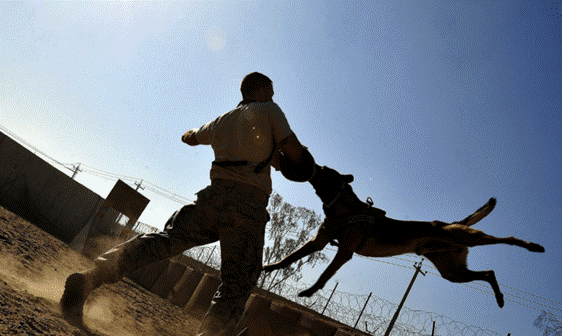Proving liability in a dog bite case is one of the most important — and sometimes most challenging — steps in securing fair compensation. While laws vary by state, every successful claim requires clear evidence that the dog’s owner or caretaker is legally responsible for your injuries. Understanding how liability works and what proof you’ll need can make the difference between a denied claim and a full recovery.
1. Understanding Dog Bite Liability Laws
There are two primary legal standards used in dog bite cases:
- Strict Liability:
Under strict liability laws, a dog owner is automatically responsible for injuries their dog causes, regardless of whether the dog has shown aggression before. You don’t have to prove negligence — only that the bite occurred, the defendant owned or controlled the dog, and you were lawfully in the area when attacked. - The “One-Bite Rule”:
Some states follow the one-bite rule, which holds owners liable only if they knew — or should have known — their dog had dangerous tendencies. In these cases, evidence of previous aggressive behavior, complaints, or warnings can help prove the owner’s knowledge.
Knowing which rule applies in your state is essential, as it shapes your legal strategy.
2. Gathering Evidence to Prove Fault
Strong evidence is the backbone of any dog bite case. Here’s what to collect:
- Photographs: Take pictures of your injuries, torn clothing, and the location of the attack.
- Medical Records: Detailed medical documentation connects your injuries directly to the bite and demonstrates their severity.
- Witness Statements: Eyewitnesses can confirm what happened, including whether the dog was leashed or acting aggressively.
- Animal Control Reports: Reporting the bite to local authorities creates an official record that can strengthen your case.
- Prior Complaints or Incidents: If the dog has a history of aggression, these records can establish the owner’s negligence or awareness.
3. Proving Negligence in Non-Bite Cases
Even if a dog didn’t bite you — for example, if it knocked you over or caused an accident — you may still have a claim. In these cases, you’ll need to show that the owner failed to use reasonable care in controlling the animal, such as letting it roam without a leash or ignoring local ordinances.
4. Defenses You May Encounter
Dog owners and insurers sometimes claim that the victim provoked the dog, trespassed, or ignored posted warnings. Having clear evidence, credible witnesses, and professional legal representation helps counter these defenses effectively.
5. Why Legal Guidance Matters
Dog bite laws can be complex, and insurance companies often try to shift blame or reduce compensation. An experienced dog bite attorney can investigate the case, gather crucial evidence, and ensure your rights are protected every step of the way.
Final Thoughts
Proving liability in a dog bite case requires preparation, persistence, and knowledge of the law. By documenting the incident, seeking medical care, and working with a skilled attorney, you can build a strong claim that holds negligent owners accountable and helps you recover the justice you deserve.
This article was written by Alla Tenina. Alla is one of the best bankruptcy attorneys in Los Angeles, California, and the founder of Tenina Law. She has experience in bankruptcies, real estate planning, and complex tax matters. The information provided on this website does not, and is not intended to, constitute legal advice; instead, all information, content, and materials available on this site are for general informational purposes only. Information on this website may not constitute the most up-to-date legal or other information. This website contains links to other third-party websites. Such links are only for the convenience of the reader, user or browser; the ABA and its members do not recommend or endorse the contents of the third-party sites.

